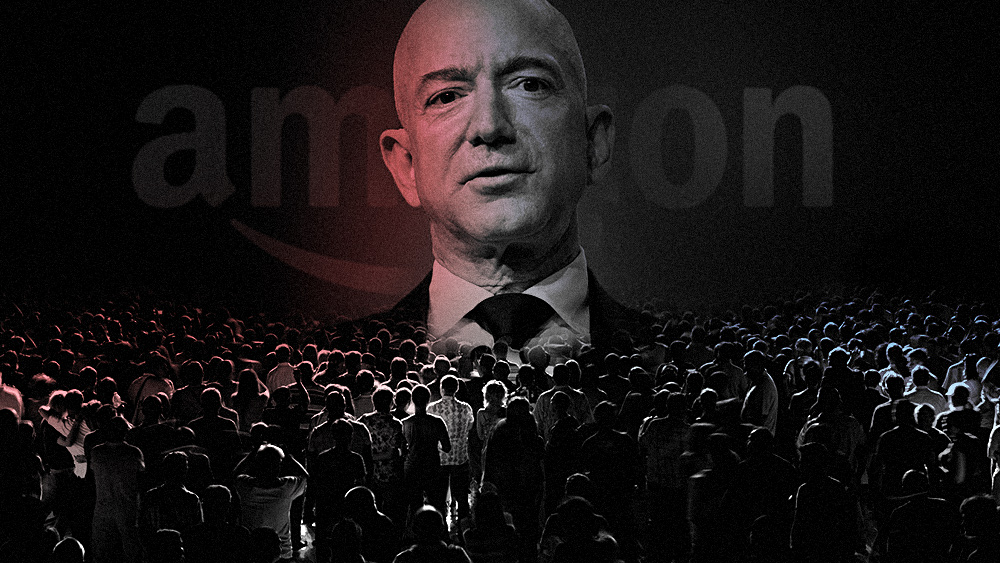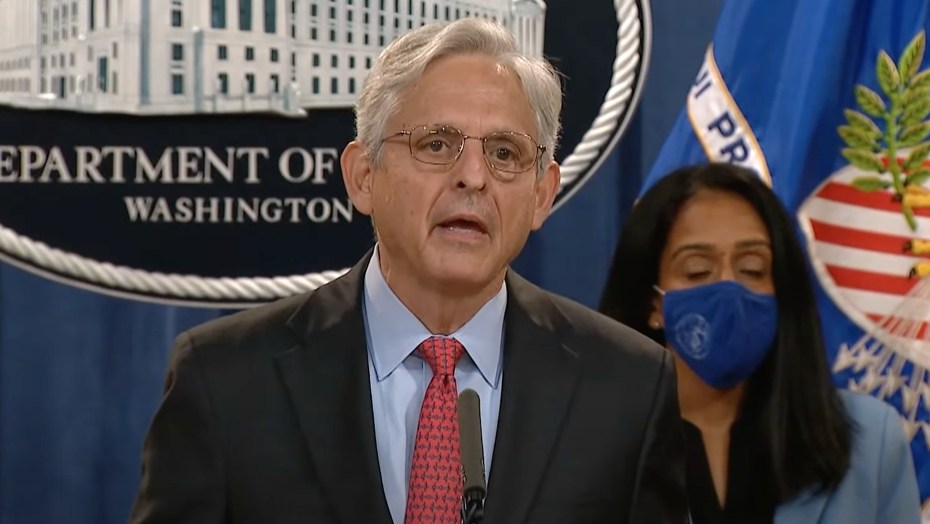TERMINATED: Amazon relying on machines to fire its workers
07/02/2021 / By Ramon Tomey

Algorithms played a part in the massive growth of online retail giant Amazon. Its CEO, Jeff Bezos, defended the use of machines and algorithms by saying they decide more quickly and accurately than actual human beings. As a result, the company relied on software to oversee workers at its warehouse and track drivers delivering products to customers. However, the same machines Amazon trusted for its human resources operations terminated employees for small slip-ups beyond their control.
BloombergQuint interviewed three former Amazon employees who received the dreaded two words – “you’re fired” – from an automated system.
Stephen Normandin
Sixty-three-year-old Army veteran Stephen Normandin spent almost four years delivering packages as a contract driver for Amazon Flex. The Arizona native banked on his previous experience delivering newspapers in the morning and pizzas at night for his Amazon stint. Given his experience, Normandin already knew all the shortcuts to take and traffic choke points to avoid. The veteran enjoyed stellar ratings – owing to his systematic method of sorting packages before leaving.
However, a string of setbacks hit Normandin starting August 2020. These included deliveries to still-locked apartment complexes and an Amazon locker that could not be opened. Two months later, Normandin was unable to log on to the Amazon Flex platform. He then checked his email and saw a generic email from “Gangardhar M.” informing him of his termination.
The veteran engaged in a back-and-forth exchange of emails with Amazon to appeal his termination, but in vain. Normandin, who prided himself on a strong work ethic, said he took the termination hard. “I’m an old-school kind of guy and I give every job 110 percent. This really upset me because we’re talking about my reputation. They say I didn’t do the job when I know damn well I did.”
Ryan Cope
Drivers who sign up for the Amazon Flex program are considered independent contractors. As a result, they have little recourse when they believe the algorithm deactivated them unfairly. While drivers can pay $200 to take the dispute to arbitration, only a few did so as they see it as a waste of time and money.
Twenty-nine-year-old Ryan Cope was among drivers unfairly deactivated in 2019. But he did not bother arguing or shelling out the money for arbitration. By the time he was deactivated, Cope had already made up his mind that there was no way he could meet the algorithm’s demands. “Whenever there’s an issue, there’s no support. It’s you against the machine, so you don’t even try,” he lamented.
Whenever he drove along roads outside Denver in the snow, Cope often shook his head in disbelief that Amazon expected the customer to get their package within two hours. He said: “Amazon doesn’t care. [It knows] most people will get their packages, and the two or three percent who don’t will get something eventually.”
Neddra Lira
Forty-two-year-old school bus driver Neddra Lira first signed up for Amazon Flex in 2017. The mother of three took the side gig during holiday breaks and summers to earn extra money. Lira tuned to the platform full-time when the pandemic caused schools to be closed. She remembered delivering about 8,000 packages and getting a “great” performance rating most of the time.
Lira said she sometimes had to wait for an hour due to the number of drivers queued outside the delivery station. When she spotted a nail in her tire, Amazon told her to return the packages assigned to her to the station – at the cost of her driver rating. Despite this, she received emails time and time again that said her rating was fine.
But an email sent by “Bhanu Prakash” informed her that she violated Amazon Flex’s terms of service – which disqualified her from further participating in the program. She then appealed the termination, but only received automated replies. The final email Lira received affirmed her firing and wished her “success in future endeavors.”
Lira’s termination carried serious consequences. She stopped paying her mortgage and her vehicle was repossessed in December 2020. She was forced to go on welfare to pay her bills. Eventually, Lira resumed her bus driver stint and used most of a pandemic stimulus check to get her car back. “It just wasn’t fair. I nearly lost my house,” she lamented.
Amazon engineers failed to consider the human factor
Company spokeswoman Kate Kudrna called drivers’ claims of unfair termination and poor treatment as “anecdotal” in a statement. She added that the single stories do not represent the experience of the majority of Amazon Flex drivers. “We have invested heavily in technology and resources to provide drivers visibility into their standing and eligibility to continue delivering, and investigate all driver appeals,” Kudrna said.
A former Amazon engineer said the program is considered a great success internally, with benefits far outweighing the collateral damage. But former managers expressed a different view, saying the largely automated system fails to consider the real-world challenges drivers face every day.
They added that Amazon knew delegating work to machines would lead to mistakes and damaging headlines. But ultimately, company management decided it was cheaper to trust the algorithms than pay for investigations on mistaken terminations – so long as drivers could be replaced easily.
Referring to the computer engineers who designed the algorithms that tracked, rated and fired him, Normandin said: “It seems they don’t have any common sense about how the real world works.”
JeffBezosWatch.com has more stories about Amazon’s unfair treatment of its employees.
Sources include:
Tagged Under: Amazon, Amazon Flex, Big Tech, computer engineers, delivery drivers, driver ratings, employee termination, human factor, human resources, independent contractors, machine algorithms, part-time work, unfair termination
RECENT NEWS & ARTICLES
COPYRIGHT © 2018 ORWELLIAN.NEWS
All content posted on this site is protected under Free Speech. Orwellian.news is not responsible for content written by contributing authors. The information on this site is provided for educational and entertainment purposes only. It is not intended as a substitute for professional advice of any kind. Orwellian.news assumes no responsibility for the use or misuse of this material. All trademarks, registered trademarks and service marks mentioned on this site are the property of their respective owners.





















